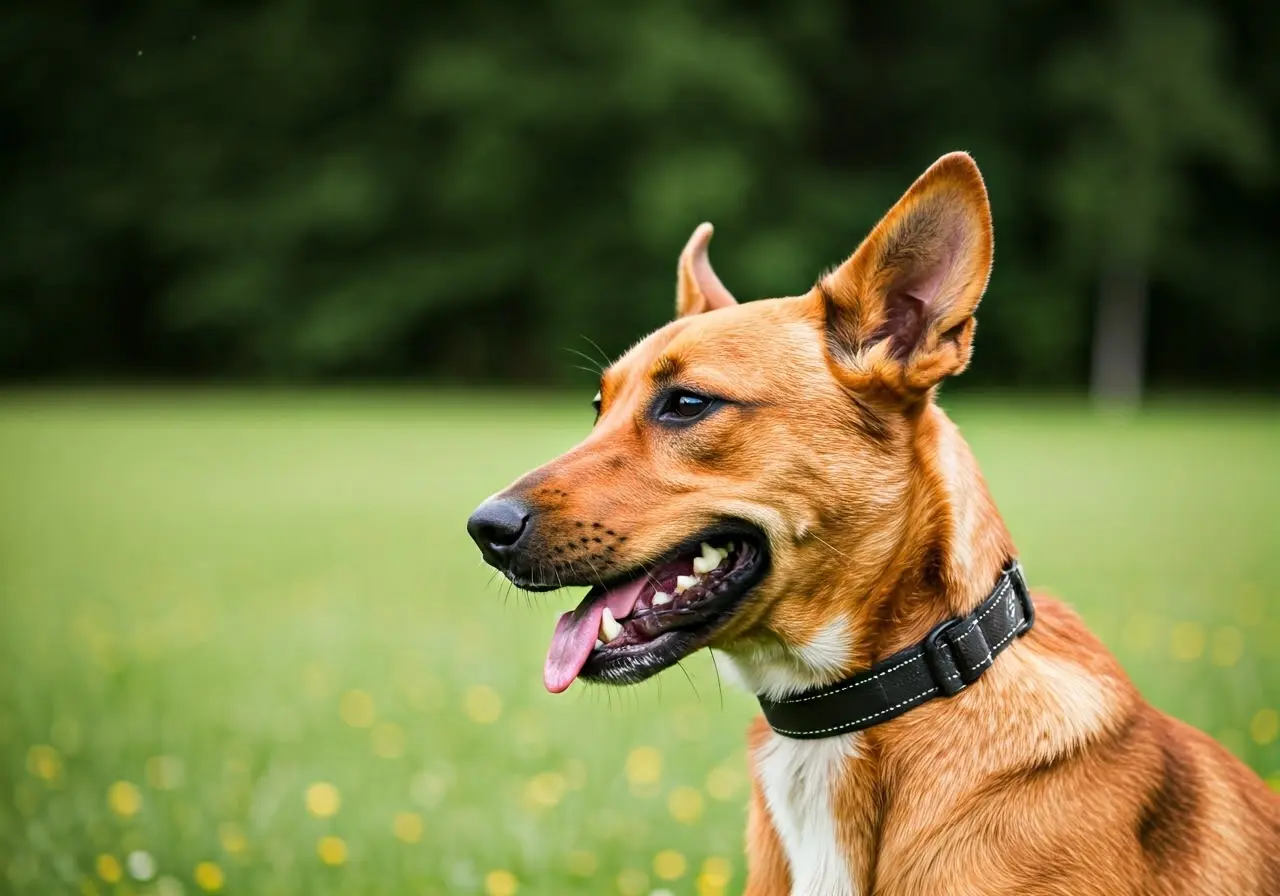Effective dog training can sometimes feel like a mystery, with countless techniques promising results. But amidst these teachings, positive reinforcement emerges as a widely respected approach. In this blog, we’ll explore whether positive reinforcement truly is the key to effective dog training and how it compares to other methods.
What is Positive Reinforcement in Dog Training?
Positive reinforcement involves rewarding your dog for desired behaviors, encouraging them to repeat those actions. Rewards can be treats, praise, or playtime, making the training experience enjoyable for your dog.
The essence of positive reinforcement is about creating a rewarding atmosphere where your dog feels motivated to learn and perform desired behaviors. This method is underpinned by research highlighting the effectiveness of training with positive stimuli over aversive methods. For example, studies show that dogs trained with positive reinforcement exhibit lower stress levels and greater willingness to engage with their owners, ultimately enhancing the training process Research on dog training methods.
By fostering an environment where good behaviors are consistently acknowledged and rewarded, you lay the foundation for a trusting relationship. This method is akin to setting a positive tone from the outset, helping your dog associate learning with enjoyable experiences. As dogs naturally drift towards pleasure and away from discomfort, positive reinforcement leverages this inclination to encourage enduring behavioral patterns.
How Does Positive Reinforcement Compare to Other Methods?
Unlike punishment-based training, which focuses on discouraging undesirable behavior, positive reinforcement promotes repeated positive actions. This contrast makes learning more enjoyable and less stressful for both you and your dog.
One of the standout contrasts lies in the emotional impact on your pet. Positive reinforcement minimizes stress and fosters a cooperative learning environment. Conversely, aversive training methods often lead to increased stress and anxiety in dogs, as observed in studies comparing behavioral training approaches. This reduction in stress not only enhances your dog’s ability to learn but also nurtures a happier, more confident pet.
Many pet owners find positive reinforcement to be more intuitive and rewarding. By shifting the focus from punishing unwanted behaviors to encouraging desirable actions, it transforms training into a joyful and meaningful activity for both participants. The use of games, treats, and affection makes the sessions lively, fostering a bond that endures beyond the training period.
In essence, positive reinforcement creates a cycle of positive feedback, where each success encourages further engagement and growth. This iterative process contrasts starkly with the cycle of avoidance and fear inherent in negative reinforcement, highlighting the broader benefits of focusing on the positive aspects of canine behavior.
Steps to Implement Positive Reinforcement
Start by identifying behaviors you want to reinforce. Use consistent rewards immediately after the desired behavior. Gradually phase out treats, maintaining the behavior with varied rewards, like verbal praise or play.
Setting realistic goals and maintaining consistency are key components of successful positive reinforcement. Begin with simple commands like ‘sit’ or ‘stay’ and immediately reward compliance. This immediate recognition solidifies the understanding that their actions led to a positive outcome. Over time, as the dog becomes more confident with commands, shift from regular treat-based rewards to intermittent praise and affection, ensuring the behavior remains intact.
Consistency is fundamental to embedding new habits. Ensuring your responses are similar each time helps your dog form clear associations between commands and rewards. For effective results, employ the same verbal cues, gestures, and treat delivery across all training sessions.
As your dog masters the basics, challenge them with more complex tasks paired with reinforcing their continued obedience in different settings, whether at home or during walks. This diversifies their skills, equips them to react in varied environments, and solidifies positive behavior as a way of life.
Common Challenges and How to Overcome Them
Some dogs may not respond instantly. Patience is key. Also, ensure rewards are motivating for your dog. If progress stalls, consult a professional trainer to keep your strategy effective.
Persistence and adaptability are your allies. Dogs, like people, have unique personalities and learning curves. While some may take to positive reinforcement quickly, others require more time and understanding to respond. This is where observation becomes crucial: monitor which rewards elicit the best responses and adjust accordingly.
Sometimes, the challenge lies in aligning your expectations with realistic outcomes. Training is an ongoing journey rather than a one-time task. Celebrating small victories and focusing on gradual progress helps maintain motivation and ensures the training experience remains positive for both you and your pet.
In instances where challenges persist, seeking professional assistance can provide fresh insights and techniques, ensuring your training remains constructive and in tune with your dog’s needs. Collaborative efforts with experts can uncover underlying issues, streamline strategies, and reaffirm the benefits of maintaining a positive reinforcement framework.
Embrace Positivity for Better Training
Incorporating positive reinforcement into your training routine can revolutionize your approach and strengthen your bond with your dog. While each dog is unique, and some may require a blend of techniques, the core value of positive reinforcement fosters a respectful and trusting relationship between you and your four-legged friend.


